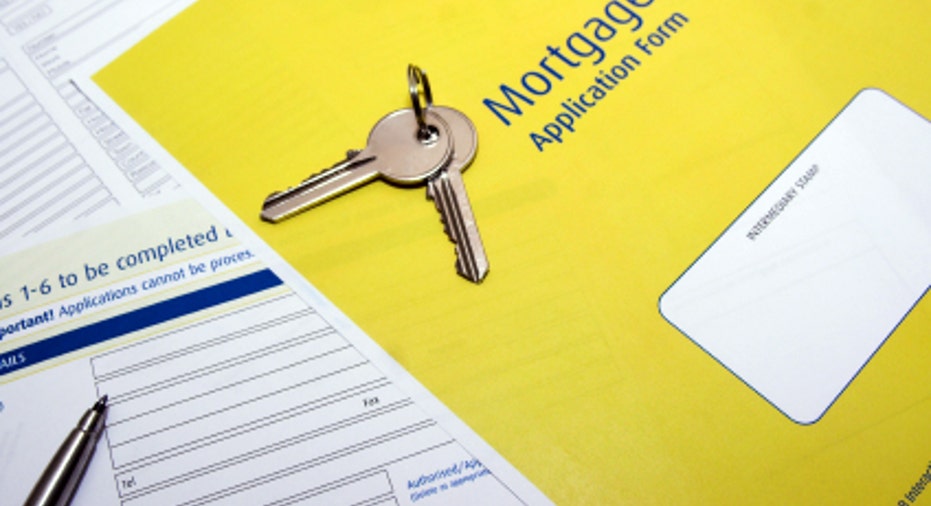How to Reduce or Eliminate Private Mortgage Insurance

Homebuyers that can’t afford to put 20% down on the purchase price of their new home often opt to take out private mortgage insurance (PMI) with their lender to help seal the deal. This insurance protects the lender from a default, and can add more than $100 to a monthly mortgage payment.
“It’s very common to get PMI insurance if you have less than 20% [to put down],” says Bob Walters, chief economist at mortgage lender Quicken Loans based in Detroit. “The price you’ll pay depends on your loan to value and your credit score.”
According to Walters, the higher the loan to value and/or the lower the credit score the higher the PMI amount. For example, if a borrower with a credit score of 680 takes out a $200,000 mortgage with a 90% loan to value, he will pay $128 a month in PMI, Walters says, compared to $98 a month for a borrower with a 750 credit score.
While PMI is a necessary evil for many home buyers, it’s not something they have to keep throughout the life of their mortgage. Here are expert tips for reducing and eliminating a PMI to keep more money in savings.
Wait Until Normal Amortization Pays it Down
One of the easiest and most straight forward ways to get rid of PMI is to pay the original balance below 78% of the value of the loan. Once 20% of the loan is paid off, the PMI should be removed, says Walters.
When borrowers pay enough of the balance down, they should call to verify the extra charge has been removed.
Get the Home Reappraised
Buyers that bought the home when prices were really depressed or did a lot of upgrades to increase their home’s value can opt to have the home reappraised with the hope that it will be worth 20% more.
“You have to work with the mortgage insurance company to get an appraiser approved by the insurance company and if the value is deemed below that 78% they can take it off,” says Walters.
Going this route is not without risk: the borrower must foot the bill for the appraisal, which according to Kenny Harmer, regional sales manager at Wells Fargo Home Mortgage, can cost anywhere from $200 to $1,000. “If the property is a million dollars it could cost as high as $1, 000,” he says, noting the average appraisal price typically falls in the $250 to $450 range.
Refinance Your Loan
Homeowners with a high interest rate on their mortgage and PMI might qualify for a mortgage refinance that could not only reduce their interest rate, but also eliminate PMI.
The PMI rules under any new loan terms are still the same: pay 20% or the home has to appraise higher than the original loan. Homeowners usually have to pay for the appraisal, but if the home value increases, it could be a win-win situation.
Opt for Lender Paid Mortgage Insurance
An alternative to PMI is lender paid mortgage insurance, which is when the lender agrees to waive the PMI mortgage insurance in exchange for the borrower paying a higher interest rate over the life of the loan.
According to Wells Fargo, going this route may provide a larger tax deduction than private mortgage insurance, but it also can’t be canceled. The lender paid mortgage insurance may make the most sense for homebuyers that plan to move or refinance within 10 years and/or have a shorter-term mortgage, according to Wells Fargo.



















